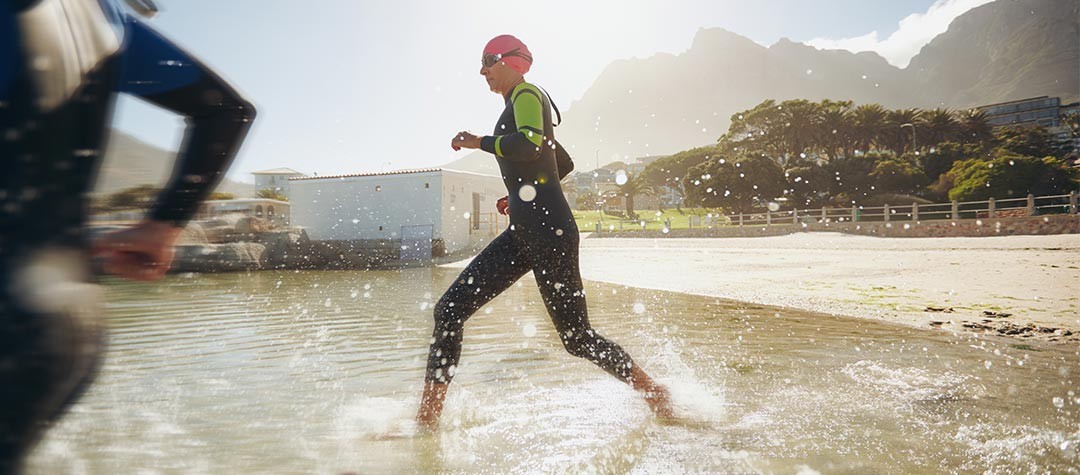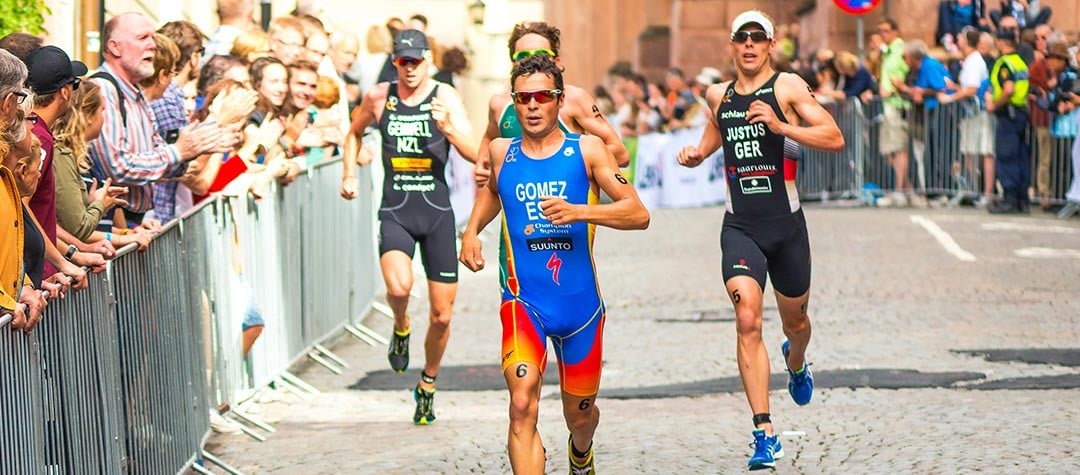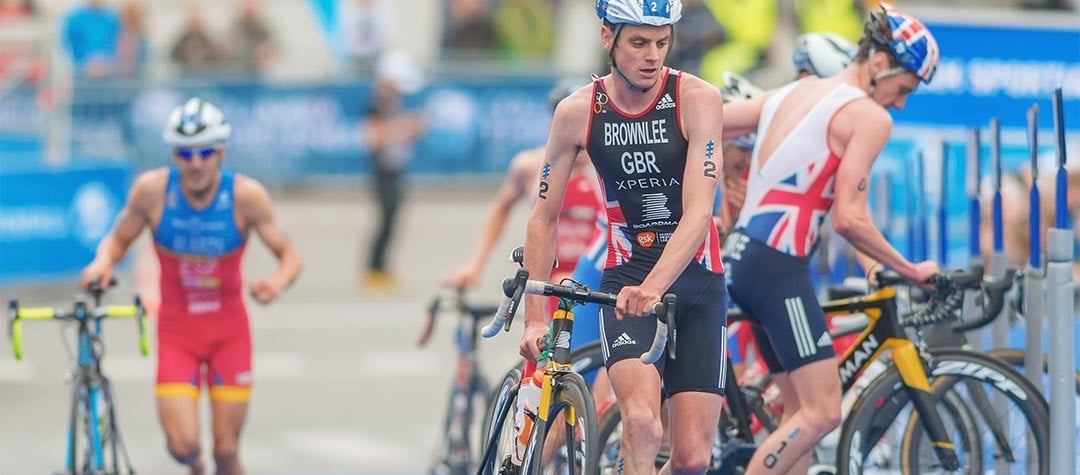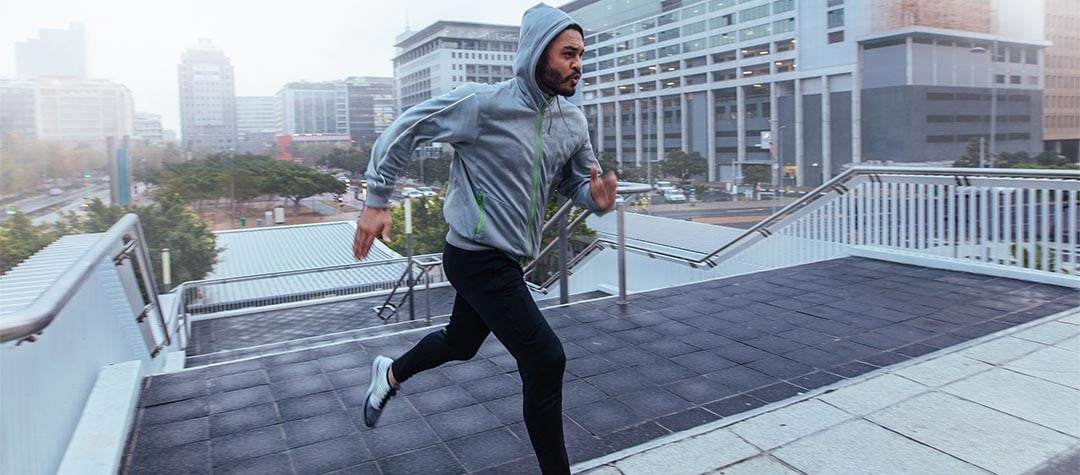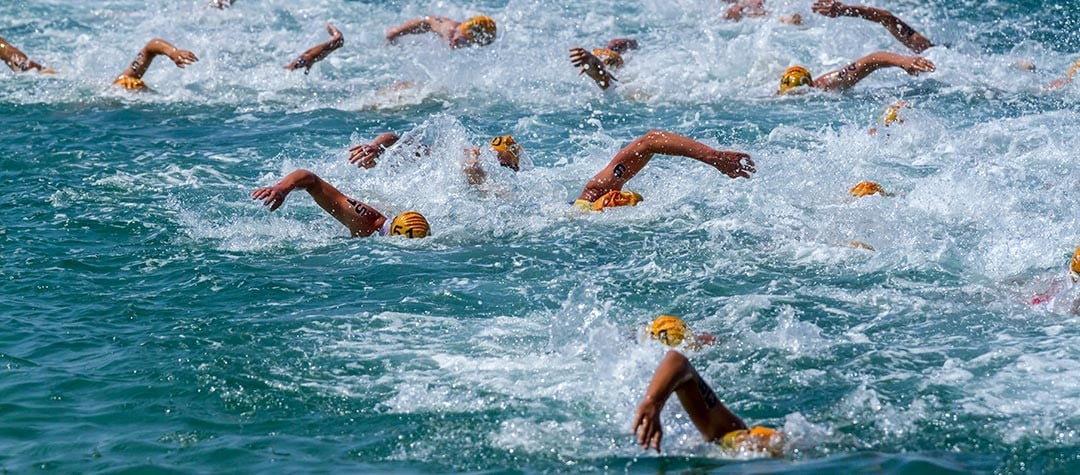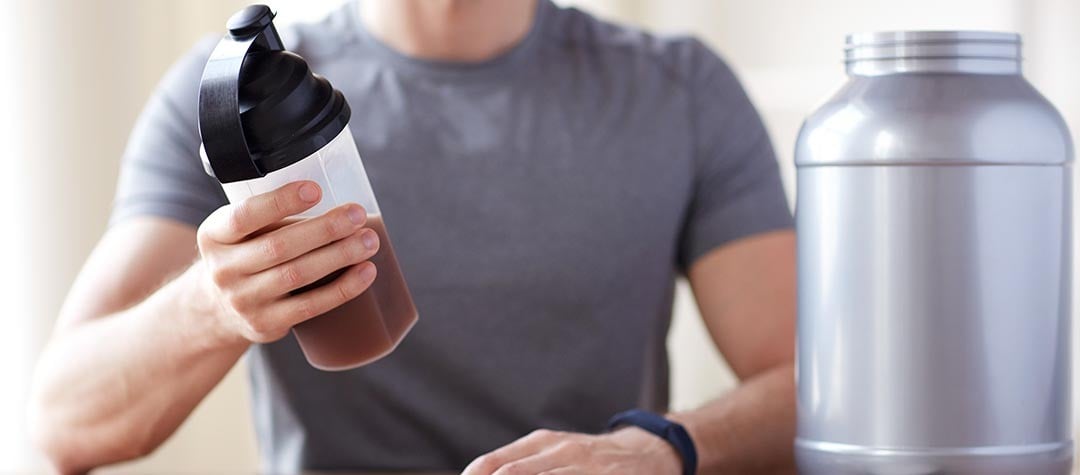Paying attention to the small details can make all the difference. Will Clarke shares 10 marginal gains which can boost your triathlon performances.
Team Sky's David Brailsford was one of the most famous people in sport for really milking the marginal gains approach and it took Great Britain from being virtual no hopers in the Tour De France (and any other road race) to all of a sudden winning Le Tour on several occasions with two different riders. He realised that all athletes train hard, everyone is in shape come race day, but by putting together all the tiny percentage gains then maybe that will add up to making a huge difference to performance.
With that theme in mind I’ve put together 10 little things you can do that may just add up to making you a much faster athlete.
1. Nutrition
Maybe not so much a marginal gain but more a major gain. Either way it’s fair to say that the more attention you pay to your nutrition on and off the course the more gains you’ll find for yourself. Off the course eat a balanced diet that gives you what you need to energise, recover and to get you through the training day healthy.
I always recommend that you take food to eat directly after training to keep within that 30 minute protein recovery window. Also it helps a lot to eat steadily during your ride to keep you fuelled but also so you don’t feel the urge to binge eat when you get home.
2. Compression
There is lots of research out there that suggests that perhaps doing too much for recovery post sessions actually isn’t as beneficial to us as we once thought and that actually we need the soreness for the full adaption from the training load. However, there is always a place for compression in your recovery.
Compression helps in keeping your legs fresh for your training, it’s a good thing to use around races to keep your legs feeling good, but also for recovery afterwards. It’s also wise to use compression when you’re catching a flight as it helps with your circulation and stops that swelling that you’d get otherwise.
3. Stretching
In my eyes stretching is very important for your mobility, injury prevention and overall feeling in training and racing. I’d suggest that everyone stretches all the major muscle groups for around 15 minutes every night.
Triathlon is a sport where it’s important to be flexible. The more mobile you are the easier it will be to hold an aerodynamic position on the bike; your shoulders need to have enough range of movement for an effective swimming stroke; and your hips, glutes and legs also need to be flexible to have an effective stride that isn’t tugging on your muscles and tendons too much and causing an injury.
4. Know the course
From an race day perspective there are obviously heaps of things you can do that can make quite a very big difference. One of those is knowing the course as well as possible. At the very minimum you should drive the course the day before and pay attention to every detail.
It’s up to the athlete to know where you’re going and there is no use blaming the race director that the marshal wasn’t at the turn, trust me I’ve tried that one at least a few times. If you add up all the seconds you can potentially save by riding on the right part of the road, wheel choices based on wind conditions, gear selections out of corners and just simply knowing where you stand with the course can help massively with your pacing — it could well end up being a handful of minutes.
5. Walk through transition
In most triathlons the transition areas are large. London Triathlon has around 13,000 bikes sitting there, so finding your bike isn’t always as easy as it may seem.
Pick a landmark you can notice from the swim exit, whether that is a lamp post or a flag, and run directly to that point where your bike is waiting there for you. In your warm up jog through the transition flow and this will make a massive difference when it comes to doing it under fatigue.
6. Activation before a race
When you are regularly visiting the gym, if you’re training right, you should have that feeling in your training where your muscles are activated, you feel strong and you’re training with good form. As we come into race week, however, most people won’t go to the gym at all and therefore lose that feeling.
I’d suggest in the two days leading into the race you do a mini circuit for around 15mins where you include some glute activation exercises and some core work. This is not enough to add fatigue to your body but it will benefit your performance and you’ll feel stronger and during the race.
7. Head position aerodynamics
The head is a pretty big mass really and it’s positioned right in the way of the wind, you need to see where you’re going after all…however it’s worth thinking about your head position and how you can remove it slightly to make you more aerodynamic .
Think like a tortoise and tuck your head into your body while keeping looking forward. It’s not easy, but it’s worth practising in training and you’ll be surprised how much faster you can ride.
8. Sleep quality
Almost all of us have busy lives which probably means that your sleep quality isn’t the best. This is the single most important factor for everyday performance in life and indeed your mood.
Around 8 hours every night should be your target, so try to get to bed earlier, turn off your gadgets an hour before bed to increase melatonin, and eat or take supplements high in potassium such as a bananas. I’ll let you into a little secret, get yourself some Zembev, it’s a fantastic organic sleep aid made from pumpkin seeds to help with your sleep.
9. Sodium loading
Is especially important for hot and long race and will stop cramping and promote water retention. There are quite a few ways to sodium load before a race, most common is the days before the race, and then tablets during. You can also take a very big hit of sodium a couple of hours before you start which is proving more and more successful.
10. Beetroot juice
Beetroot loading is also proven to improve performance, as it contains a high concentration of nitrates and increases size of blood vessels and increased oxygen flow, especially in the shorter events. It’s less studied for long distance triathlon but well worth loading up on for your next event.
Beet it shots make it easier for you and you should get one of those down about 90 minutes before the start. I’ve got a juicer at home and regularly make beetroot juices and I tell you I feel good all day every time I have it!
I hope you find these tips useful, if you manage to do all 10 of these I guess I’ll have to start looking over my shoulder!

